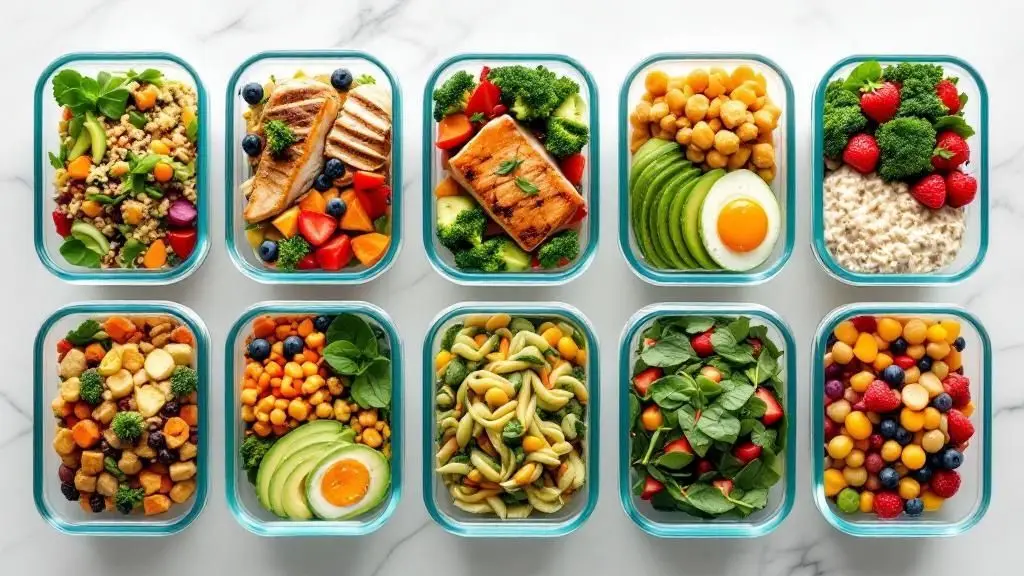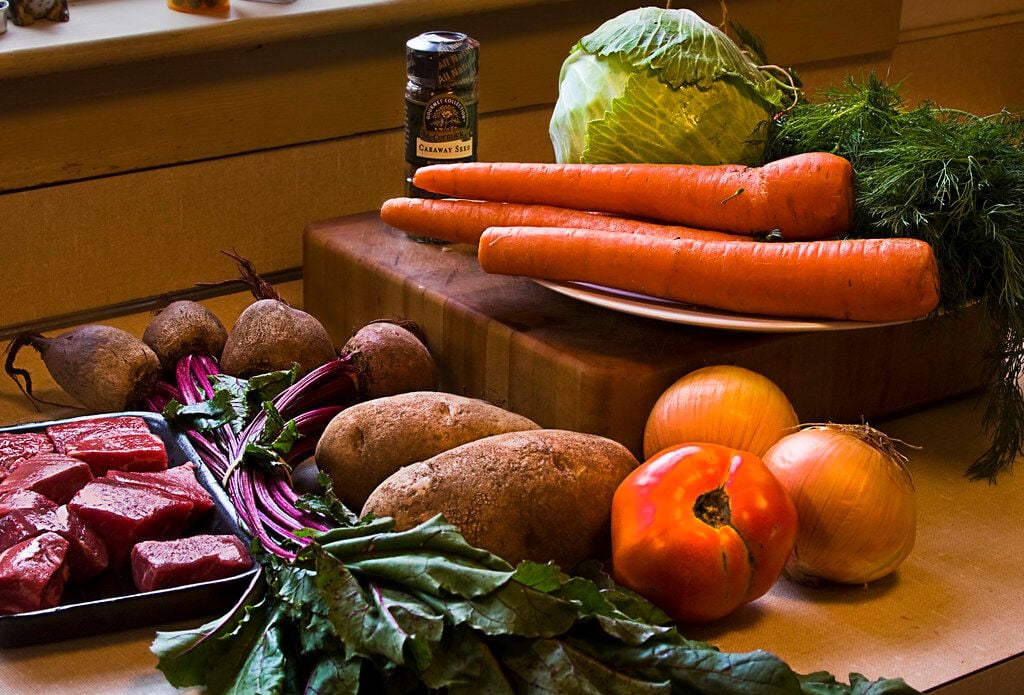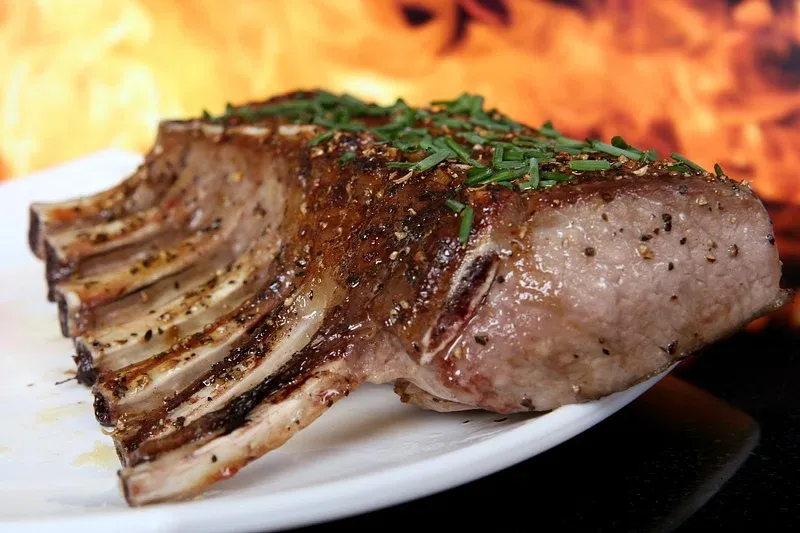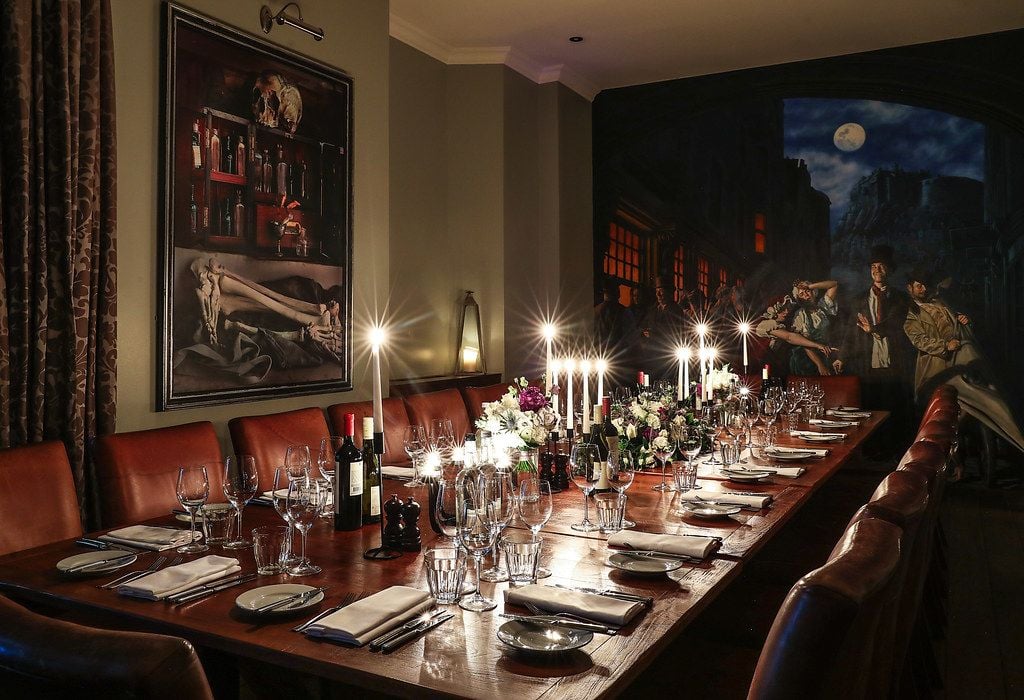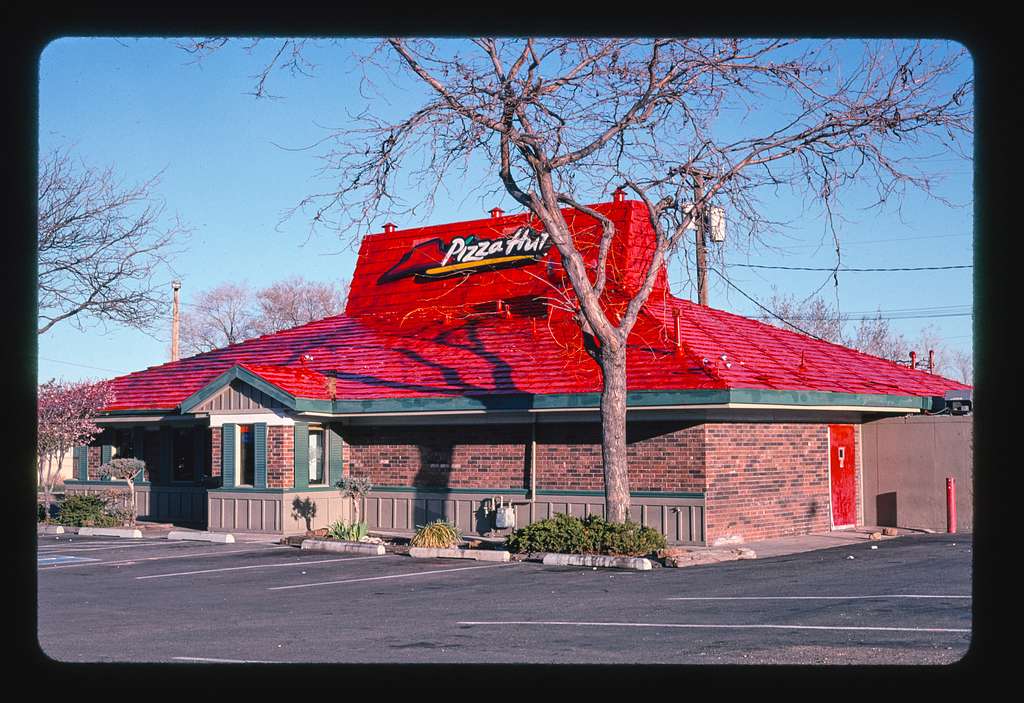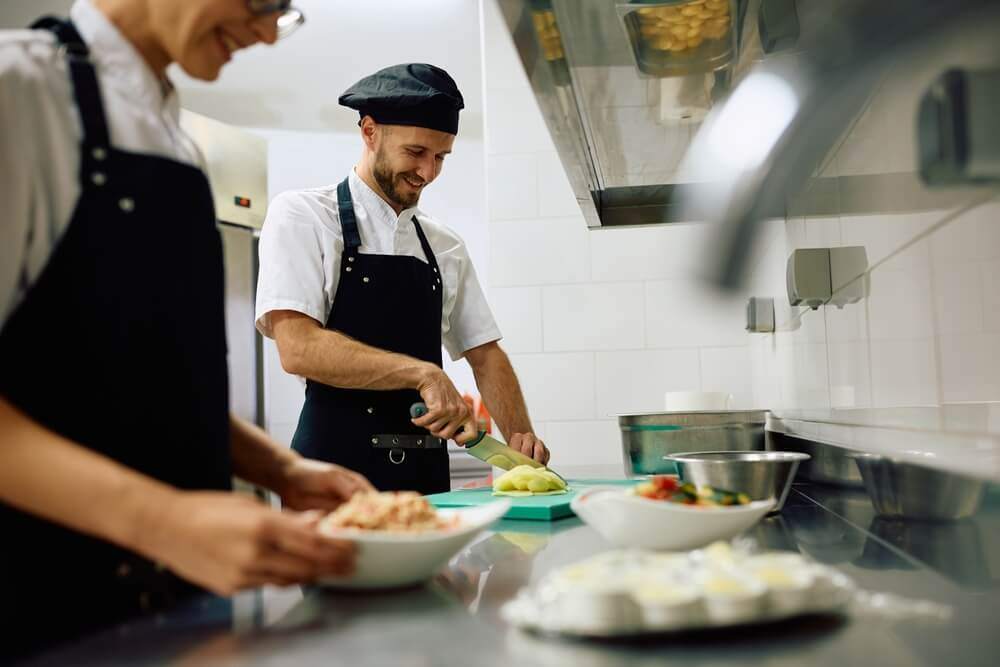
The Art of Perfect Sautéing: A Comprehensive Guide
- Apr 20, 2024
Sautéing, a fundamental kitchen technique known for its role in transforming the ordinary into the extraordinary, derives from the French term “sauter” or to 'jump'. This is due to the action involved - as the food basically jumps around in the pan due to the constant stirring and flipping for even cooking. This method of cooking is characterized by swiftly cooking food in a small amount of oil or butter over direct heat, typically in a shallow pan. Picture a chef skillfully tossing food in a pan, on a stove, mixing and flipping it with finesse - that is sautéing. Sautéing requires no fancy tools: a stove, a pan – typically a skillet, frying pan or sauté pan – and a wooden spoon or spatula are all one needs. A skillet or frying pan, flat low-sided pans are terms often used interchangeably, but a sauté pan has a key difference - its straighter, high-sides. This allows for more volume and keeps the pan on the stove for the whole cooking process, unlike frying pans that can be lifted and arrayed. Frying pans, with their lower and more curved sides, make it easier for you to toss the food, meaning less stirring or flipping with a spoon. The nature of sautéing allows for quicker, consistent cooking, making it a great choice for ingredients that cook evenly such as vegetables, seafood, and meat. A hot pan, coupled with a small amount of fat, quickly cooks the ingredient by searing its exterior while heating its interior. This process also encourages evaporation of the water in the ingredient, resulting in a pleasing texture and heightened flavor via the Maillard reaction, or browning. More than just sautéing standalone ingredients, the technique often serves as the starting point for many soups, stews, and similar recipes. Sautéing onions, carrots, and celery first rather than adding them directly into boiling liquid amplifies flavors, makes ingredients more aromatic, and leads to a tastier finish. Two considerations rule the art of sautéing – the proportion of fat to ingredient and the uniformity of ingredient size. The aim is to add just enough fat for even cooking without creating a shallow frying scenario. The quantity of fat usually ranges from one to four tablespoons for a large skillet, albeit varying based on the pan size or the quantity of ingredients. Similarly, cutting ingredients to a similar size ensures that they heat at the same pace. Sautéing begins with heating your choice of butter or oil in a skillet over medium to medium-high heat. Add in the ingredients while being mindful of not overcrowding the pan, as the food needs ample space for browning. Overloading the pan results in steaming instead of browning. Regular stirring guarantees even cooking, compensating for any hot spots in the pan or stove and yields a crisp, evenly cooked dish. Cook until the ingredients obtain a light brown hue and desired texture, which can take between one to ten minutes. Another cooking technique similar to sautéing is stir-frying, which is a high-heat, dry cooking approach requiring less fat. Stir-frying gives a crisp texture, akin to deep frying, using modest amounts of oil. Stir-frying has its roots in Asian cuisines, and ideally calls for a wok, although a cast-iron pan can serve as a stand-in. Conversely, searing is another technique implied in cooking food in hot fats, where the food is allowed to deeply brown on one side before it is flipped over. Unlike sautéing, searing doesn't require stirring or disturbance, making it a popular choice for cooking meat and fish.

